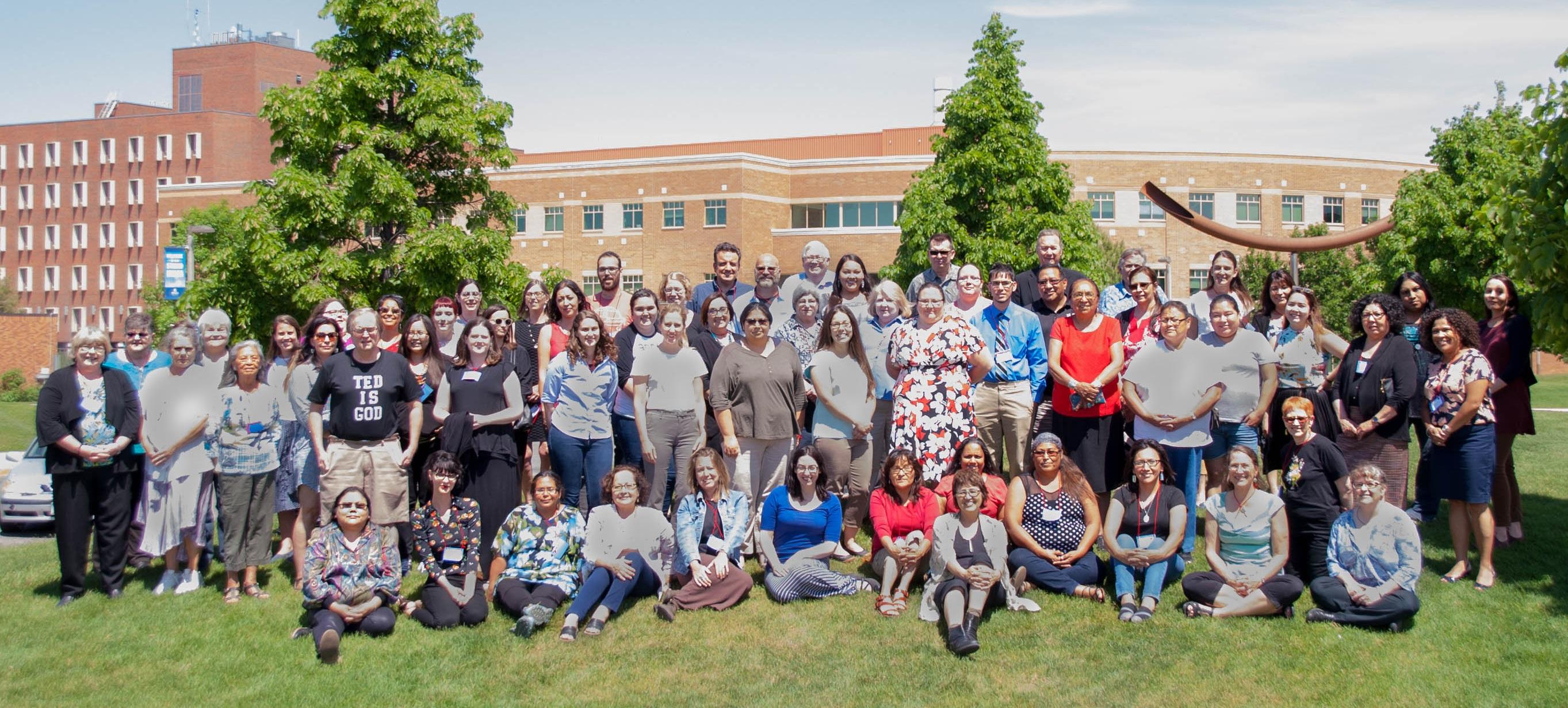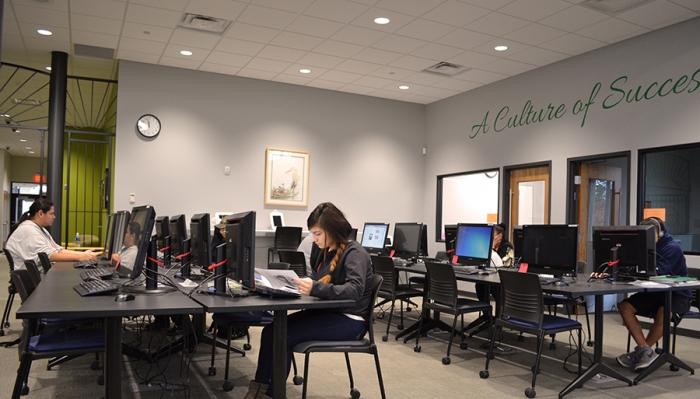Quick Summary
Across Minnesota, tribal libraries strive to meet the unique needs of seven Anishinaabe and four Dakota nations. Though often unknown outside their individual communities, tribal libraries accomplish a lot with a little, providing resources and services in support of tribal sovereignty, or a tribe’s right to self-govern.

Across Minnesota, tribal libraries strive to meet the unique needs of seven Anishinaabe and four Dakota nations. Though often unknown outside their individual communities, tribal libraries accomplish a lot with a little, providing resources and services in support of tribal sovereignty, or a tribe’s right to self-govern. Each month during the next year, we will explore another facet of Minnesota’s tribal libraries, getting to know the people and places these libraries serve, the services these libraries provide, and the librarians who make it all possible.
Tribal libraries respond to specific community needs; with every different community comes a different tribal library. Two of Minnesota’s tribal libraries—Medweganoonind Library at Red Lake Nation College and Bezhigoogahbow Library at Leech Lake Tribal College—equally serve students enrolled at their respective two-year colleges as well as their broader communities. The two other tribal college libraries in Minnesota—White Earth Tribal & Community College and Fond du Lac Tribal & Community College—focus on students while nearby tribal community libraries in Cloquet and White Earth cater to the public.
The funding and staffing challenges tribal libraries face can be staggering. Based on statutory definition, Minnesota’s tribal community libraries are not public libraries, even though they serve their communities just as the St. Paul Public Library serves the capital city. Consequently, in place of common funding mechanisms, tribal libraries frequently depend on grants, often through IMLS. Within IMLS, the Native American Library Services Grant Program provides annual, non-competitive Basic Grants of $7,000 to any federally recognized tribe submitting an application. IMLS also awards one-time, competitive Enhancement Grants of up to $150,000 to tribal libraries seeking to enhance existing services or implement new services. During the past few years, two tribal libraries in Minnesota have received Enhancement Grants: Maamigin Achigaazo on the White Earth Nation and Medweganoonind Library on the Red Lake Nation.
Despite the obstacle of funding, tribal libraries persist. While services at some tribal libraries mirror those of statutorily defined public libraries—shelves of books, public catalogs, story times, and public computers—tribal libraries are strongly rooted in culture, using library services as a means of preserving, celebrating, and sharing cultural identity. Some tribal libraries may have an archive with oral histories or sacred objects; some may have offer classes on traditional arts like beading or quillwork; some may ground story times in Ojibwe or Dakota language and teachings. In any case, rather than situate their services within the pre-existing grid of libraries, tribal libraries build from the ground up, drawing on partnerships to create a network of resources and services centered on local history, culture, and tradition. As Native nations rebuild, tribal libraries—which ultimately strengthen sovereignty through information access, preservation, and exchange—hold an essential role.


